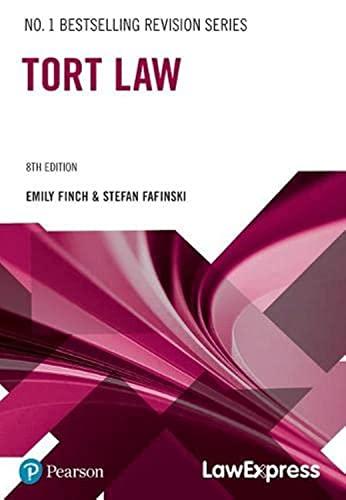Question
3. Suppose a village is concerned about graffiti and wishes to deter it. The probability that someone illegally painting graffiti is caught and convicted is
3. Suppose a village is concerned about graffiti and wishes to deter it. The probability that someone illegally painting graffiti is caught and convicted is given by p = [1 [1/(1 + n)]], where n denotes the number of police officers who attempt to catch graffiti offenders, and assume this must be a whole number. This is costly. Assume the benefit to the criminal of committing the crime is 200 and the harm it causes is 350. The village imposes a fine f on anyone found guilty of graffiti. Assume the village wishes to deter the crime, regardless of the cost, but wishes to minimize its cost.
(a) Suppose the village is free to select both the fine f and n. What is its optimal choice of f and n? Explain.
(b) Now suppose that the state law imposes a limitation on the size of the fine, and requires that the fine be no larger than the harm imposed. What are the optimal values of f and n now?
Step by Step Solution
There are 3 Steps involved in it
Step: 1

Get Instant Access to Expert-Tailored Solutions
See step-by-step solutions with expert insights and AI powered tools for academic success
Step: 2

Step: 3

Ace Your Homework with AI
Get the answers you need in no time with our AI-driven, step-by-step assistance
Get Started


